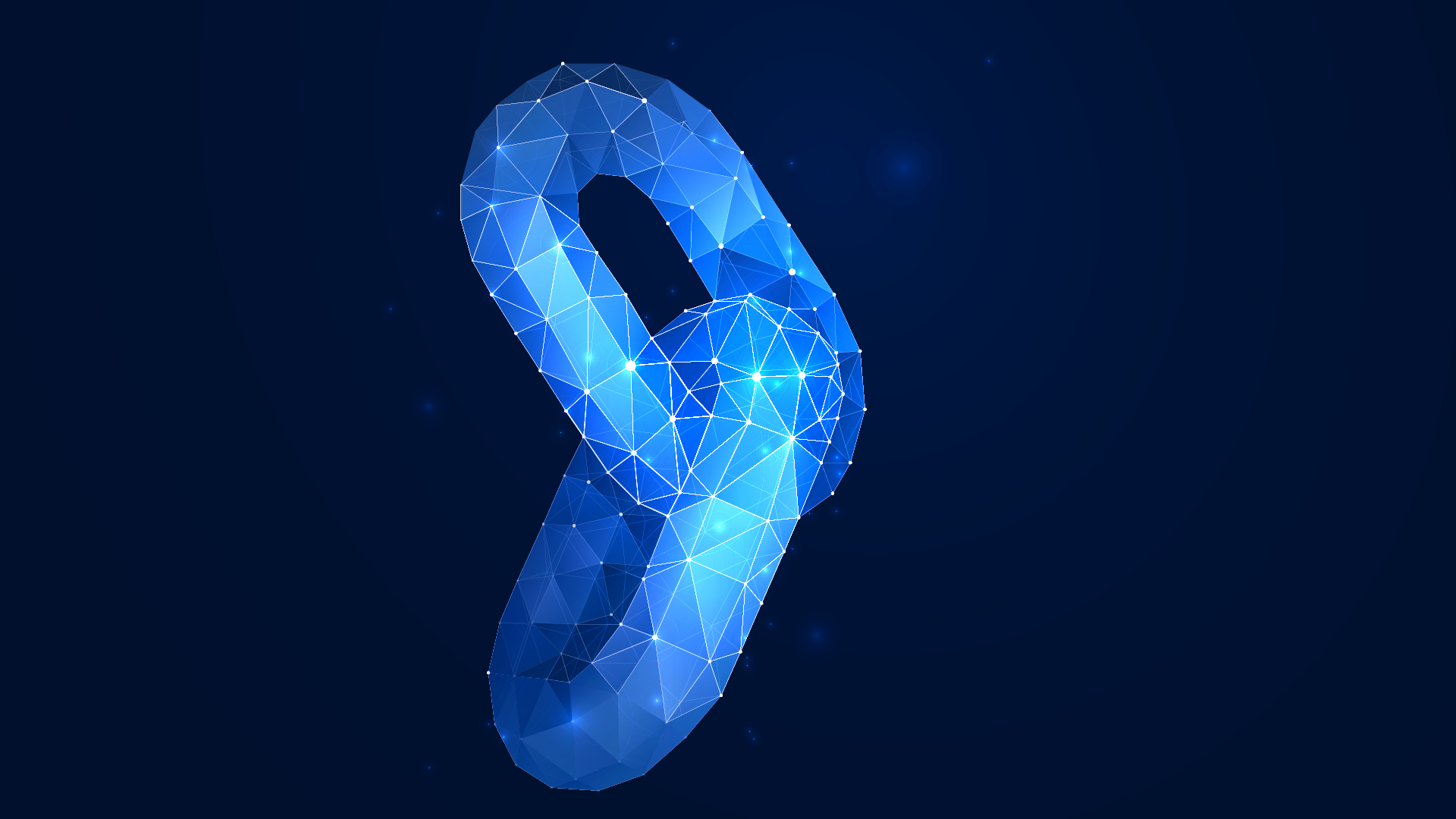
By Shyam Duraiswami, Chief Strategy Officer, QPQ
Better, faster, cheaper? In the world of new digital assets, the challenges are not that different from those in the world of TradFi.
Right now, blockchain / DeFi, even digital assets generally, are focussed on crypto, NFTs and gaming. The TradFi world of financial services is not quite there yet. There are signs though, for example Stripe offering payments in USDC.
There are multiple blockchains and not all of them are as fast and cheap as we might like, so the two themes dominate in terms of new projects and investments: scaling blockchain and interoperability.
As we achieve those things, that gets us towards a tipping point of mainstream adoption.
Today’s blockchain ecosystem is sometimes frustrating to use. Despite the initial promise that distributed ledger technology (DLT) would usher in an era of fast, frictionless value transfer, we have instead ended up with a marketplace of multiple blockchains. These networks all have different use cases and features but are not always capable of talking to each other. The current landscape for blockchain is fractured, transaction speeds are slow and often far too expensive. Yet the attempts to fix the problem with solutions such as bridges and other scaling technologies, are not yet really satisfactory. In fact, they may introduce risks which are not well understood.
To achieve the original promise of distributed ledger technology, there are some key ingredients. We need:
- To be able to support a multichain environment with interoperability between those networks, enabling a network of networks.
- Speed, both in terms of throughput and finality. In other words how quickly we are sure there is consensus on the actual blockchain.
- To avoid introducing extra risk, for example when a company wraps an underlier and issues a synthetic or wrapped product aka Depository Receipt, which creates issuer risk.
Until now, this nirvana has been a long way off.
Despite being touted as the next generation of the internet, today’s blockchains are not ready for mass adoption – either for consumer payments or by businesses such as major financial institutions. Modern consumers are used to the convenience of a website which loads in a couple of seconds, and card payments that happen in 25 seconds, or less for tap and pay. Meanwhile, the Ethereum blockchain takes 20 minutes to achieve finality and the cost of transactions, so called gas fees, can be high, ranging from $20-100 per transaction. So, there is a search for better, faster and cheaper.
To help fix this problem, QPQ has developed a suite of products that combine to place the DLT customer experience on par with legacy financial networks in terms of transaction cost, speed and scale.
The solution, 1DLT, connects and builds on the strengths of many other DLTs to deliver a suite of tools which are foundational for Web 3.0.
Infrastructure on demand: With 1DLT, development teams can set up from scratch in just two minutes. Simply select from our menu of network, nodes, consensus provider and redundancy needs. In two minutes or less, your high throughput, low-cost DLT infrastructure is ready for your development teams to deploy their smart contracts.
Scalable, fast and smart: 1DLT helps dev teams build an Ethereum Virtual Machine (EVM)-based smart contract and connect seamlessly to multiple blockchains and DLTs with true interoperability. From a single point, a dev team has multiple connections. “Only one step to anywhere.”
The offering is scalable, with TPS of 20k+, very fast – settlement finality in under 10 seconds, 120 times faster than Ethereum, and all with transaction costs for a handful of cents rather than a fist full of dollars. Dev teams can choose from a number of public consensus providers.
This last part is really important: 1DLT separates the transactions from the consensus, allowing everybody to trust the message and not the messenger. Transactions are on the EVM, consensus is separate and provided by the public blockchain. In other solutions, the bridge provider plays both roles.
1DLT is building the network, so you don’t have to; with Hedera and Algorand there are two super-fast routes to consensus, with more to come.
Private network / public consensus: Uniquely, 1DLT enables Web 3.0 apps to run on a private or public network supported with all the trust and transparency of consensus on the established ecosystems of the public network. Each individual transaction goes through the consensus process; there is a full audit trail to enable tracking of each and every transaction. No batching, no centralisation. True interoperability, providing users with the strengths of all the networked protocols and none of the downsides.
Developers will no longer be trapped in silos with a niche market and small set of users. Instead, they will have the chance to interoperate and scale as QPQ connects existing networks in a fast and secure manner.
By deploying these solutions, initially to the existing DLT marketplace, QPQ is connecting worlds, creating a digital markets network infrastructure where traditional assets can become complete digital assets and allowing for the transformation from the digital economy of Web 3.0 into the programmable economy of Web 4.0.
QPQ hopes that with this suite of new tools, we can help everybody realise the promise of Blockchain and DLT and benefit from the possibilities which are within our grasp.
For more information on 1DLT and QPQ, please contact: Mark Toberman, [email protected], +44 7912 022360, or Andy Lennon, [email protected], +1 704 502 4421
